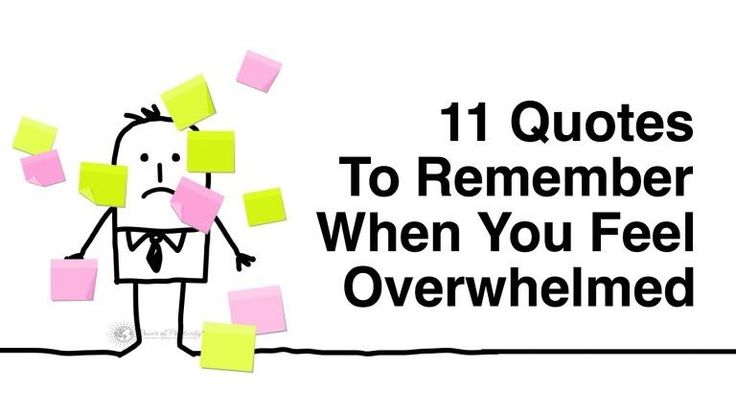How to put my feelings into words
Putting Feelings Into Words: 3 Ways to Explain What You Feel
Have you ever had trouble finding the words for what you’re feeling or thinking? Most of us have encountered this difficulty at some time or another. It often happens just when we most need to be able to explain ourselves – when we’re feeling something particularly strongly or in a crisis or just want to communicate a strong feeling.
If this happens to you more than it seems to happen to other people you know, you may suffer from a problem called “alexithymia.” It’s a fancy name that comes from Greek and means an inability to find words for emotions. The psychoanalyst Peter Sifneos came up with the term in the early 1970s.
Although a great deal of research has been done on the problem of alexithymia since Sifneos named it, it has generally been considered highly unresponsive to traditional psychotherapy. Yet alexithymia is believed to be an important component of many different diagnostic groups, including schizophrenia, autism, drug and alcohol addiction, eating disorders, personality disorders, and a tendency to engage in dangerous and/or impulsive behaviors.
And there is significant evidence that if you suffer from any of these disorders, you will benefit from learning to pay attention to and find language to express your feelings, both to yourself and to other people.
Three social scientists have now released a book showing that even research, which is traditionally supposed to be done without feeling, is often done with unacknowledged feeling. They say that when these emotions are recognized, the research benefits. The same is true for you, no matter how difficult it may be for you to begin to think and talk about your feelings in words.
I have long believed that alexithymia can and should be treated in talk therapy with some slight changes in the therapeutic stance. Stijn Vanheule, Paul Verhaeghe and Mattias Desmet, clinicians and researchers at Ghent University in Belgium, have come up with a successful system for working with alexithymia in psychoanalytic psychotherapy. But you do not have to be a psychotherapist to use this system.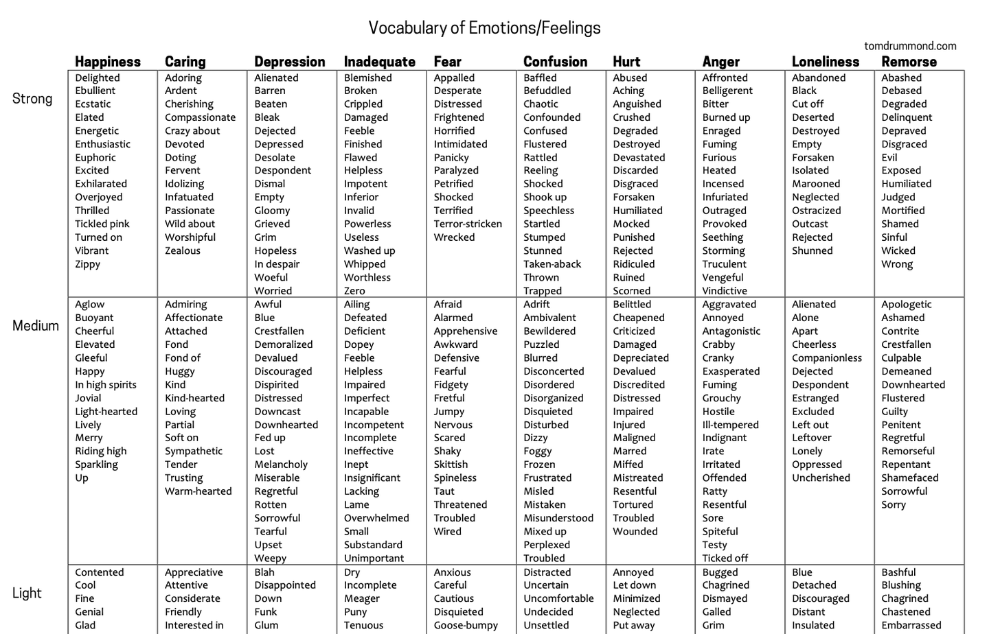 If you have difficulty finding words for your own feelings, these three suggestions can help you begin to make that connection; and when you are making connections between your feelings and language, you will start to find better ways to manage both the feelings and difficult situations. You can also use these three techniques with loved ones and children who you want to help learn to talk about their feelings.
If you have difficulty finding words for your own feelings, these three suggestions can help you begin to make that connection; and when you are making connections between your feelings and language, you will start to find better ways to manage both the feelings and difficult situations. You can also use these three techniques with loved ones and children who you want to help learn to talk about their feelings.
Two things before you start. First, these three techniques do not have to be done in any particular order, although the first step is the best place to begin this work. Once you’ve been doing it for a while, you may want to mix it up, sometimes doing them as they are written, and sometimes doing them in another order. That’s okay. However feels most useful to you is how you should do it. And second, it’s very important not to focus on the idea that you can’t do this, but to think instead about the experience that you are trying to name.
Feelings can be powerful, and you may have a strong reaction to putting some of them into words. When this happens, it is important to find ways to back off. Go back to step one, get yourself something to eat or drink, or distract yourself with television, something on your computer, music, or a walk around the block. But also remind yourself that these emotions are not bad, no matter how bad they feel. And you are not bad for feeling them.
When this happens, it is important to find ways to back off. Go back to step one, get yourself something to eat or drink, or distract yourself with television, something on your computer, music, or a walk around the block. But also remind yourself that these emotions are not bad, no matter how bad they feel. And you are not bad for feeling them.
What is most likely going on is that you are feeling something that you cannot picture in your mind and that you cannot find words for. Like a small child who becomes frightened because he or she doesn’t know what’s going on, you might feel a bit overwhelmed by experience. The work that you are doing is to find a way to represent the feelings in your mind’s eye so that you can know what you need to do to manage them successfully. Like anything else in life, this takes practice.
Three ways to get better at knowing, thinking and saying what you are feeling:
1. Think about concrete situations you would like to change. Focus on one or two specific recent situations – an argument at home, an incident at work. Try to put into words for yourself (or ask your child or your loved one, if you are trying to help someone else, to put into words for you) the chain of events that led up to the situation. Be very specific. For instance, if you had an argument with your husband, wife, child, or parent before you left the house this morning, start with the first event of the morning – the moment when you woke up. Did the alarm take you by surprise? Did you stay in bed longer than you meant to? Did you get up and take a shower? How did that go? Was the shower long enough? Too long? How was the water – hot, cold, neutral? Then keep going. What happened next? Who did you see? What did you say to them? What did they say to you? Did you make your own breakfast? What did you eat? What clothes did you put on?
Focus on one or two specific recent situations – an argument at home, an incident at work. Try to put into words for yourself (or ask your child or your loved one, if you are trying to help someone else, to put into words for you) the chain of events that led up to the situation. Be very specific. For instance, if you had an argument with your husband, wife, child, or parent before you left the house this morning, start with the first event of the morning – the moment when you woke up. Did the alarm take you by surprise? Did you stay in bed longer than you meant to? Did you get up and take a shower? How did that go? Was the shower long enough? Too long? How was the water – hot, cold, neutral? Then keep going. What happened next? Who did you see? What did you say to them? What did they say to you? Did you make your own breakfast? What did you eat? What clothes did you put on?
The goal here is to get yourself (or your child or partner or whoever) to develop mental representations of those moments that gradually led up to the argument. Putting them into words is only part of the process. Naming them and imagining them are often connected activities. If you can, try to develop a mental image of each of these moments.
Putting them into words is only part of the process. Naming them and imagining them are often connected activities. If you can, try to develop a mental image of each of these moments.
2. Spell out to yourself how you understand the problematic situation. The idea is not to blame yourself or the other person, but to put into words what you think has actually happened. Then try to put into words what is distressing about what happened. So, for instance, if you and your daughter argued this morning before she left the house, your goal in this step is to put into words what happened, what you argued about, and what you think might have been the reason for the argument.
Then try to say what it is about the argument that distressed you. Maybe you feel frustrated and worried that she insists on going outside in the cold without socks or tights. Maybe you’re worried that she’s going to get sick. But maybe you’re also bothered because she talks back to you and you feel like she should be more respectful? If you were that disrespectful to your parents, what would have happened? She just shouldn’t talk to you like that! Don’t try to solve the problem and don’t try to change things in this step.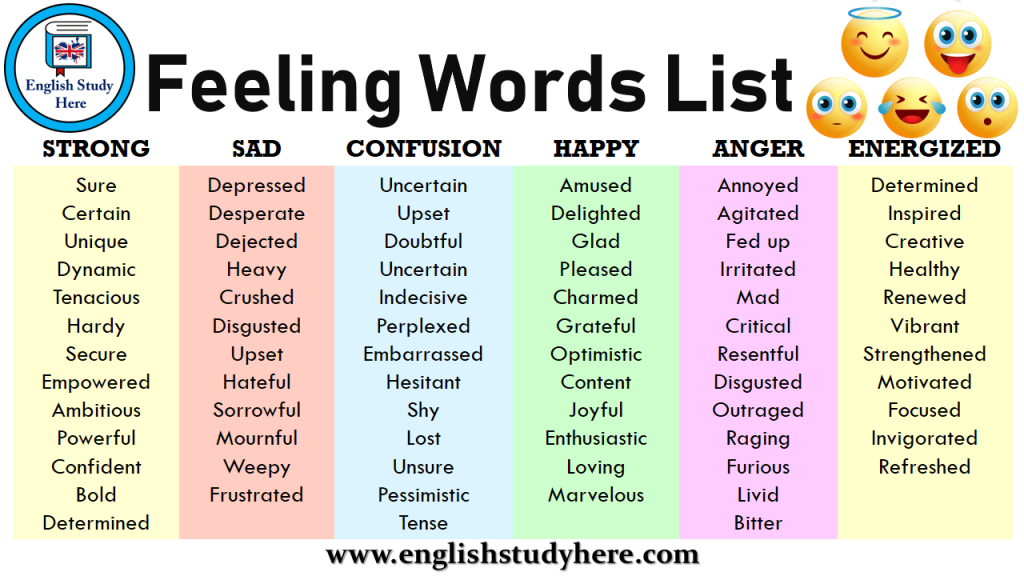 It’s okay that you’ve come up with a couple of different answers. It can be both of these things – and more. Most arguments have several different, overlapping meanings.
It’s okay that you’ve come up with a couple of different answers. It can be both of these things – and more. Most arguments have several different, overlapping meanings.
The goal here is not to solve the problem, but to find a way to put it into words and pictures – that is, to mentally represent it – inside your own head. Gradually, those words and pictures will begin to evolve into feelings that make sense, even if they are not comfortable.
3. Try to put your emotional responses into words, and then to think about how you handled the situation and how else you might handle it. So now you’ve got several thoughts and images of both what led up to and also what happened in the argument with your daughter. Now, try to put into words what you understand about your emotional response. This part will include words and thoughts, but also physical sensations. For instance, you might try to notice if your stomach clenched or the muscles in your arms tensed. Did you grind your teeth or clench your jaw? Did you feel a heaviness in your chest?
There are many mindfulness exercises that can help you pay attention to what you’re feeling in your body. One of them asks you to start with your toes and travel up your body, asking yourself over and over again, “What do I feel there (in my toes; my ankles; my shins; my calves; and on up to the top of your head).” The important thing is not to make judgments about these feelings, but again to try to find ways to represent them in words and mental images. Often, feelings in our bodies feel so wordless that we can’t even imagine naming them. But as with any exercise, the more you pay attention to and name these physical sensations, the easier it will get. And you will have more information about what is going on inside of you, since physical feelings are often linked to emotions.
One of them asks you to start with your toes and travel up your body, asking yourself over and over again, “What do I feel there (in my toes; my ankles; my shins; my calves; and on up to the top of your head).” The important thing is not to make judgments about these feelings, but again to try to find ways to represent them in words and mental images. Often, feelings in our bodies feel so wordless that we can’t even imagine naming them. But as with any exercise, the more you pay attention to and name these physical sensations, the easier it will get. And you will have more information about what is going on inside of you, since physical feelings are often linked to emotions.
Next, try to understand why you might be feeling these emotions. Perhaps your resentment that your daughter is being so disrespectful has something to do with bad feelings that you carry around about yourself. Do you worry that other people in your life don’t respect you? If so, why? And what if you separate those worries from your concern with your daughter.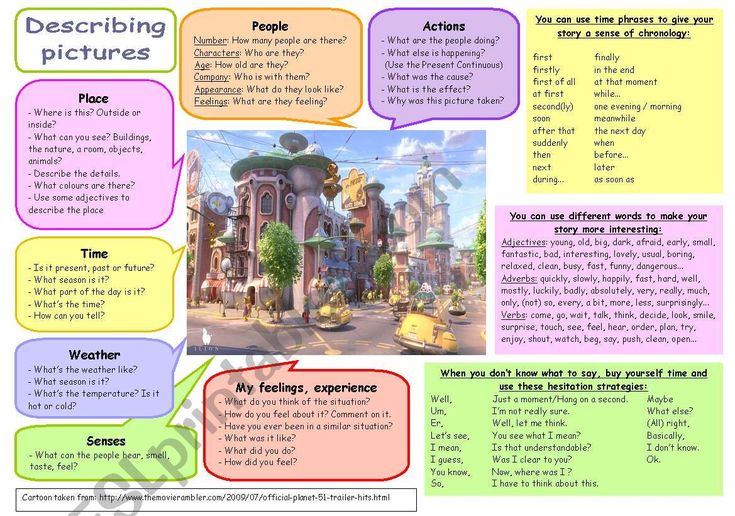 What else might be going on here? You know she is rebelling against you, but is that all bad? Maybe it is a sign that she feels secure enough in your love for her that she can allow herself to begin to take an important developmental step towards being more independent and self-directed. If you think that might be going on, does that change how you deal with your frustration?
What else might be going on here? You know she is rebelling against you, but is that all bad? Maybe it is a sign that she feels secure enough in your love for her that she can allow herself to begin to take an important developmental step towards being more independent and self-directed. If you think that might be going on, does that change how you deal with your frustration?
Now you can problem solve. Based on these mental representations, you may find that a solution comes fairly easily. Or, if you feel that you still don’t know what to do, it will be easier to get some support or guidance from a friend, older sibling, or even a counselor, because you’ve already started the process of describing the situation and putting your concerns into words.
In summary, then, this three-step process helps you begin to identify not only what you are feeling, but also the specific events and experiences that led up to that feeling. You are, in other words, learning to develop mental representations of the details that go into any emotional experience.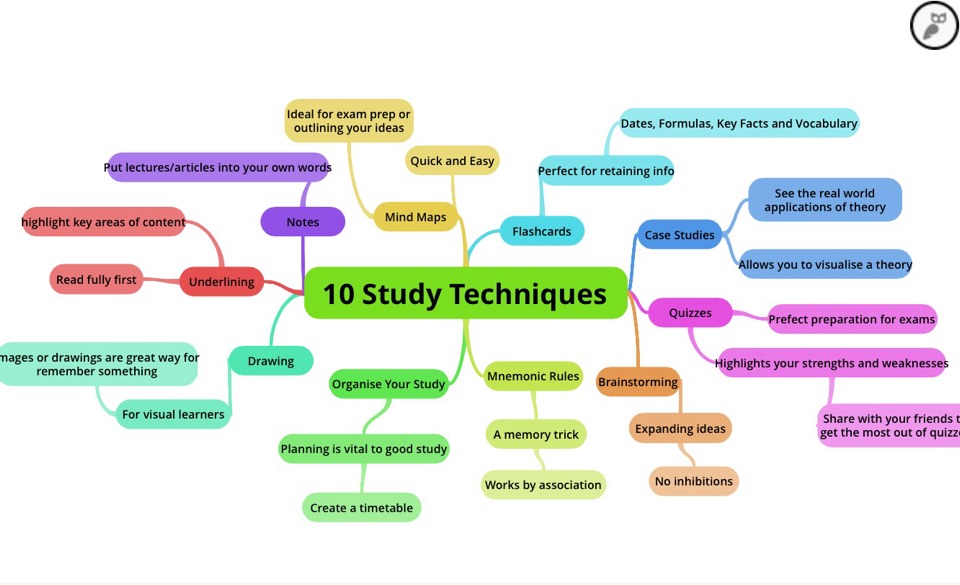 Once you have a more detailed and meaningful picture of and words to describe any experience, you can often find more successful ways to manage your feelings and respond more effectively to any situation.
Once you have a more detailed and meaningful picture of and words to describe any experience, you can often find more successful ways to manage your feelings and respond more effectively to any situation.
For further reading:
Caroline Clarke (Editor), Mike Broussine (Editor) and Linda Watts (Editor): Researching with Feeling: The Emotional Aspects of Social and Organizational Research. Routledge Press.
Stijn Vanheule∗, Paul Verhaeghe and Mattias Desmet: In search of a framework for the treatment of alexithymia. Psychology and Psychotherapy: Theory, Research and Practice (2011), volume 84, pp. 84–97
F. Diane Barth, LCSW: Speaking of feelings: Affects, language and psychoanalysis. In Psychoanalytic Dialogues, volume 8, pp. 685-705.
http://www.dianebarth.net/uploads/3/6/4/4/3644188/speaking_of_feelings…
Teaser Image Source: iStock_000037226630
Copyright F. Diane Barth, LCSW, 2015
Follow me on Twitter:https://twitter.com/fdbarthlcsw
Labelling: How To Put Your Feelings Into Words
August 7, 2019
Filipe Bastos
Self-help books tell us to ‘regulate’ our emotions, but what does this mean? ‘Regulate’ is a synonym for ‘control’, so does this mean we should filter our emotions? Perhaps we should cherry-pick the positive emotions and cast aside the uncomfortable ones?
Not exactly. If someone is good at ‘emotion regulation’, this means they can identify the full range of emotions. These people are willing to acknowledge, and work through, difficult emotions.
If someone is good at ‘emotion regulation’, this means they can identify the full range of emotions. These people are willing to acknowledge, and work through, difficult emotions.
Studies show that when we label our emotions, this helps us to come to terms with them. Finding the right words to express our emotions can be tricky, but it’s a skill we can develop.
Why should we label our emotions?
Let’s imagine you’re a mechanic and you’ve got a box full of tools.
You’ve got spanners, pliers, hammers etc., but there is one tool you never use. You don’t know the name of this tool and you don’t want to find out. The tool seems difficult to control and you don’t believe it has any use. When chatting with your colleagues, you never mention this tool because you don’t know what it’s called. Over time, you start to feel anxious every time you see this tool in your toolbox. You wish you could throw it away but picking it up scares you. The more you try to ignore this tool, the more it bothers you.
If we deny difficult emotions (such as shame and guilt), they become the ‘unknown’ tools in our toolbox. That’s why it’s so important to label our emotions. When we give a name to these difficult emotions, we begin to see what their function is. It’s also easier to discuss them with the people around us.
Why we struggle to find the words
In her book Emotional Agility, Dr Susan David says that many of us struggle to acknowledge our emotions. This is because we have a narrow vocabulary for expressing emotions.
We commonly use words such as “happy” “sad” or “angry”. But these are quite broad and vague descriptors. Sometimes, words like “relieved” “disillusioned” or “vulnerable” might be more accurate.
Also, some emotions are judged more positively than others. For example, it’s socially acceptable to feel “stressed” (heroic, even – because it means we are working hard).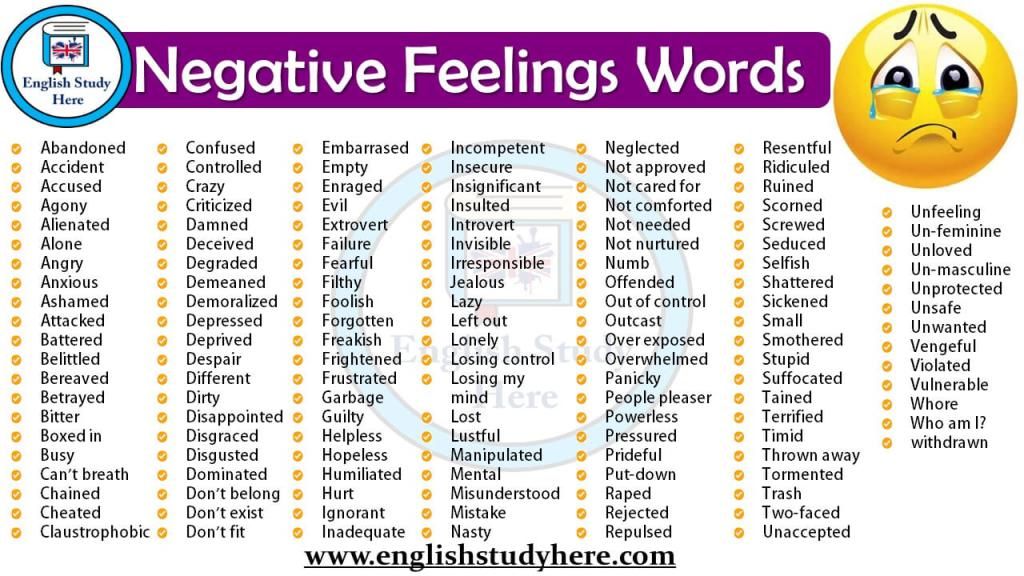 But it’s not admirable to admit we are feeling “pessimistic” or “jealous”.
But it’s not admirable to admit we are feeling “pessimistic” or “jealous”. So, the fear of judgement prompts us to deny our true emotions and repackage them as something more socially acceptable.
How to find the right words
Finding the right words to express your emotions is important. As Greenberg – the founder of emotion-focused therapy states – “one cannot leave a place until one has arrived at it”. So, labelling your emotions helps you acknowledge, and then work through your difficult emotions. So, let’s see how this works in practice. Think of a time when you experienced emotional turmoil and follow these steps:
- How did you feel? Why did you feel this way? Write down your response in 2-3 sentences. Do not worry about grammar, spelling, or clarity – simply try and express how you felt.
- Read this back and see if you can identify any emotions (i.e. “sad”, “stressed”, “angry”).
- Look at this full list of emotions.
 Do any of these words capture your emotions with more precision? Try to assume that all the words are free from social judgement.
Do any of these words capture your emotions with more precision? Try to assume that all the words are free from social judgement. - In all likelihood, you felt more than one emotion, so choose all that apply.
- Using these emotions, rewrite your experience. Do these new descriptors provide a sense of clarity? Are these new descriptors helpful?
When you first start practising this technique, reflect on past experiences. But once you’ve mastered the technique, you should try it as soon as an issue arises.
According to Dr Susan David, you should try to say, “I notice I am feeling X emotion” rather than “I feel X emotion”. This enables you to acknowledge your emotions, but still retain some distance from them.
What happens when we ignore our emotions?
We ignore emotions in the hope that they will disappear. But they rarely do. Suppressed ‘primary’ emotions can cause difficult ‘secondary’ emotions.
According to Greenberg, we have primary and secondary emotions.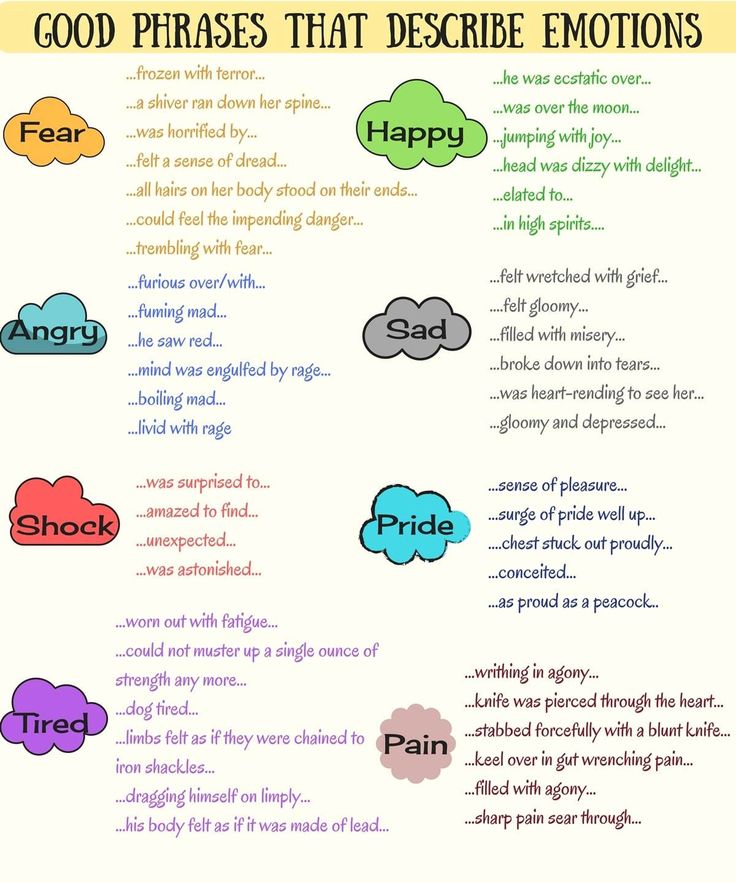 Primary emotions are our immediate responses to stimuli. Secondary emotions (or meta-emotions) occur in response to our primary emotions.
Primary emotions are our immediate responses to stimuli. Secondary emotions (or meta-emotions) occur in response to our primary emotions.
So, let’s say you meet a friend for lunch, and she starts telling you about her new group of friends. She’s never invited you to hang out with these friends, so you feel jealous, angry, and disappointed (primary emotions). You push these feelings aside and pretend to be happy. But when you get home, you feel shame and rejection (secondary emotions). You decide to avoid social events for a while.
So, unresolved primary emotions can lead to maladaptive secondary emotions. Shame is a common secondary emotion and it can have a profoundly negative impact on our quality of life.
Why it’s important to identify primary emotions
If we don’t identify our primary emotions, we can become burdened with difficult secondary emotions.
In the above example, it would have been better to say something like “I’m really happy for you. I just feel a bit disappointed that you’ve never asked me to hang out with you and your friends. In truth, I feel a bit jealous”. This would open up an honest dialogue with your friend, allowing you to work through the problem together.
I just feel a bit disappointed that you’ve never asked me to hang out with you and your friends. In truth, I feel a bit jealous”. This would open up an honest dialogue with your friend, allowing you to work through the problem together.
Primary emotions don’t necessarily have to be verbalised to others. Sometimes, it’s enough to label them in our head, and then use this information to move forward constructively.
Naming primary and secondary emotions
As mentioned, it’s important to try and identify primary emotions as soon as they arise. So, a couple of times a day, check-in with yourself. As yourself: “What feelings or emotions can I identify?” Use the list of emotions to guide you.
At times, primary and secondary emotions can become entangled. This can leave us feeling overwhelmed. If you are at this stage, try and untangle your primary and secondary emotions. Ask yourself:
- What event triggered these feelings?
- What did I feel during and immediately after that event? (primary emotions)
- What do I feel now? (secondary emotions)
- Could I have responded better to the initial event?
- Knowing what I know now, how can I move forward?
Key points to remember when labelling emotions
Dr Susan David says that “emotions are data”.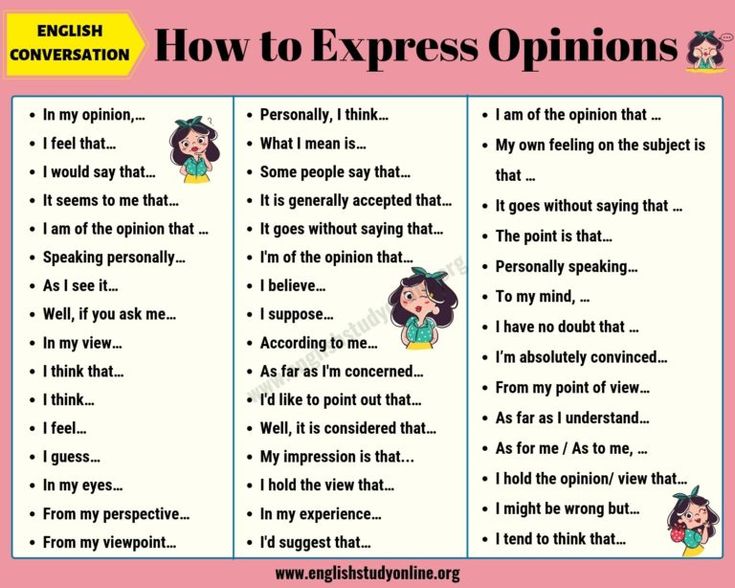 Emotions are difficult to define, but they can help us answer important questions (just like data).
Emotions are difficult to define, but they can help us answer important questions (just like data).
So, if you want to use your emotions to guide self-development, try to think like a scientist and be objective. This means labelling your emotions with as much precision as you can. Here are some tips to remember:
- Spend a few minutes focusing on your emotional experiences so you can choose the most appropriate label(s). Use the list of emotions for inspiration.
- Don’t be afraid to admit to socially undesirable emotions. The trade-off is worth it.
- Say “I notice I am feeling” rather than “I feel”.
- Try to identify primary emotions at regular intervals throughout the day. This reduces the likelihood of negative secondary emotions.
- Write about your experiences daily – journaling can help to clarify difficult emotions.
The more you practice, the better you’ll become at ‘emotion regulation’. The aim is not to eradicate difficult emotions.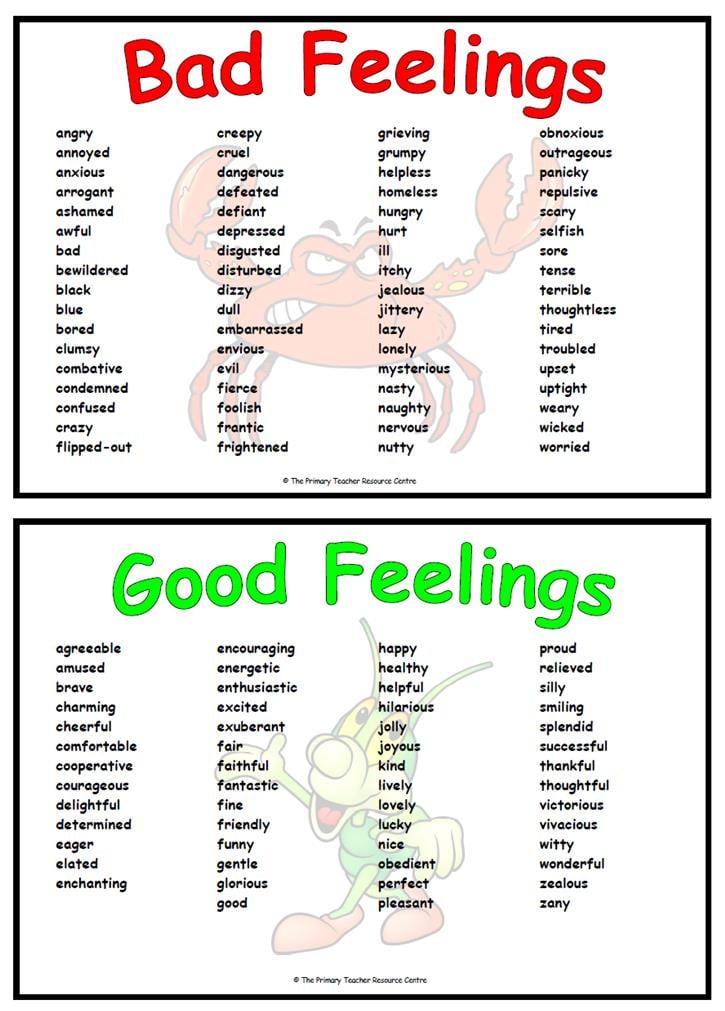 On the contrary, the aim is to label difficult emotions so that you can work through them.
On the contrary, the aim is to label difficult emotions so that you can work through them.
Filipe Bastos( MSc Psychology & Founder )
MindOwl Founder – My own struggles in life have led me to this path of understanding the human condition. I graduated with a bachelor’s degree in philosophy before completing a master’s degree in psychology at Regent’s University London. I then completed a postgraduate diploma in philosophical counselling before being trained in ACT (Acceptance and commitment therapy).
I’ve spent the last eight years studying the encounter of meditative practices with modern psychology.
Mindowl Weekly
Sign up to our free weekly newsletter, to have early access to new articles on Meditation, Psychology and Breathwork. Enter your email to subscribe – emails are limited to one a week and your address will not be shared with anyone else.
Check our YouTube Channel:
9:44 12:35 9:24 8:59 9:39 9:28 9:38 9:48Follow us on Instagram:
A little reminder that kindness is contagious.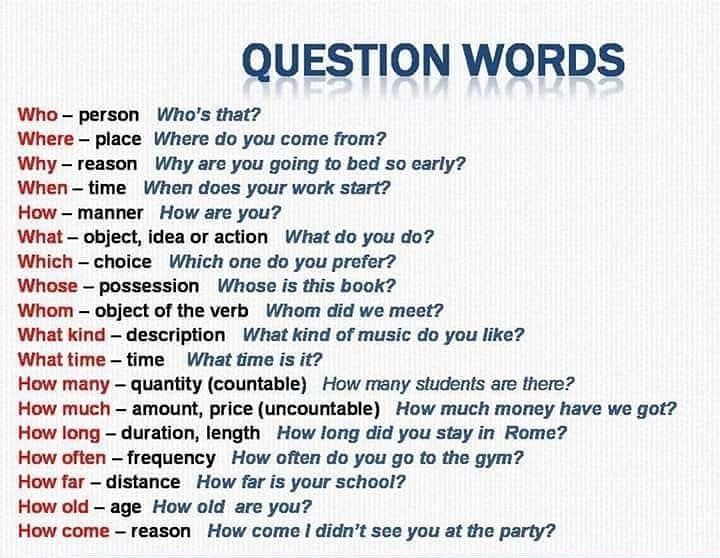 ✨ #quotesaboutlife #mindfulquotes #practicemindfulness #bekind #bekindtoyourmind #dogoodfeelgood #realhappiness...
✨ #quotesaboutlife #mindfulquotes #practicemindfulness #bekind #bekindtoyourmind #dogoodfeelgood #realhappiness...
Take a little pause to ground yourself. 🧘♂️ #mindandbody #livinginthemoment #breathingpractice #mindfulnesstraining #keepbreathing #practicemeditation #calm...
It’s officially back to school season! 🍏 As exciting as it can be, returning to...
Our greatest moments, memories, and experiences aren’t defined by their magnitude or greatness, but by...
You are exactly where you're meant to be. 💚 #mindandbody #mensmentalhealth #mindfulmovement #keepbreathing #practicemindfulness #mindfulnessmoment...
With rising temperatures, worrisome droughts, and looming environmental issues, it’s perfectly normal to feel sad,...
On average, the human brain processes around 6000 thoughts a day.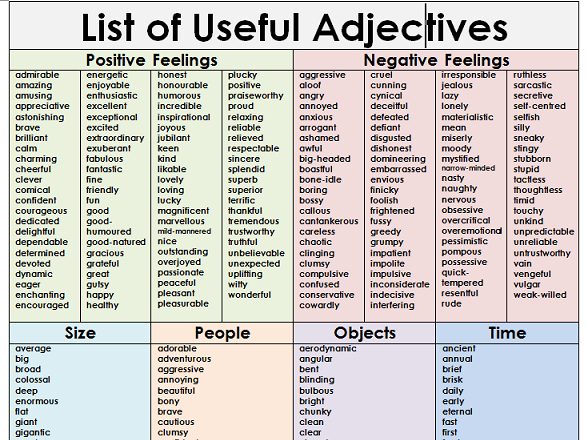 🤯 At times, this...
🤯 At times, this...
The greatest challenges we experience are often also our greatest teachers. If you’re repeatedly experiencing...
Letting go is never easy. But holding onto bad habits, unhealthy relationships, and negative experiences...
Taking a more mindful approach to everyday life can be difficult because it often contradicts...
Fear is often the thing that holds us back most from developing a deeper self-knowledge...
Breath work is a powerful tool that we can use to alter our mood and...
MORE FROM THE BLOG
Keep on reading
Most mindfulness practices are founded on the idea of disengaging from self-perpetuating and unhelpful patterns of rumination and negative thought. By channelling our skills of attention and awareness in specific ways, we can go about life in a more intentional way.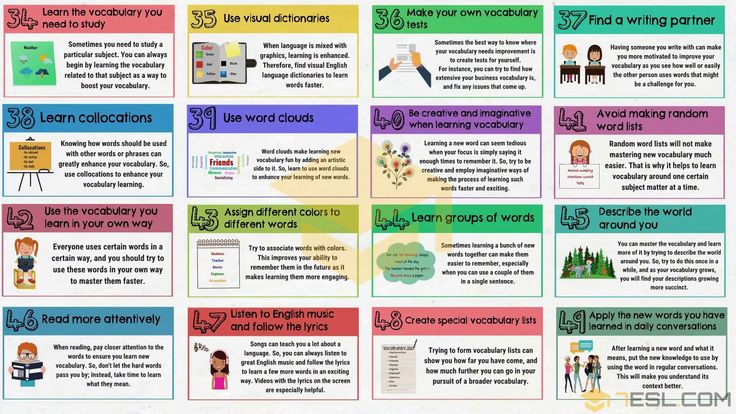 Taking a more mindful approach to everyday life can
Taking a more mindful approach to everyday life can
Self-awareness is the key to personal development. Without it, you will never know what areas of your life need improvement. You may be stuck in a job you hate or in a relationship that no longer serves you. You may not even know why you feel unhappy or unfulfilled. If
Read MoreMeditation is a fantastic tool for managing anxiety and stress, overcoming negative emotions, and becoming a more focused, productive individual. Research has shown that meditation improves your attention, memory, focus, and creativity, in addition to relieving stress and anxiety. However, many people who start practising mindfulness meditation expect that they’ll
Read MoreHow to openly express your feelings and emotions?
01/28/2019
Trust those people who can see three things in you: the sadness behind the smile, the love behind the anger, and the reason for your silence.
Svyatoslav Martinkevich
Everyone who contacts the Children's Helpline 8 800 2000 122 shares with us his feelings, which often cannot be expressed in completely different relationships with friends and relatives.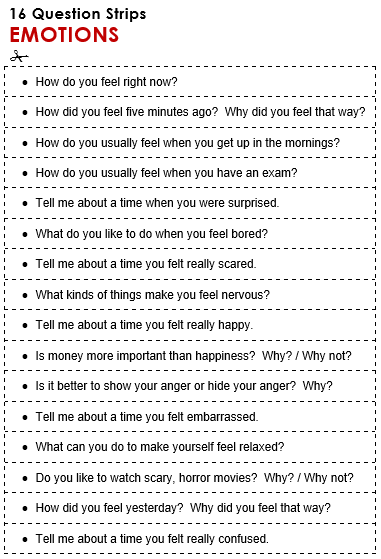 nine0003
nine0003
Shyness and fear of social evaluation, fear of rejection and humiliation prevent many people from getting rid of accumulated difficult feelings and emotions, speaking about their hurt and pain in conflict relationships, defending themselves in a situation of psychological pressure, confessing something close and frankly talking with them.
Overcoming shyness and learning to express feelings is quite a feasible task and the most important first step towards solving a problem, because getting rid of negative experiences, we always feel relieved and look differently even at the most difficult and seemingly insoluble situation. nine0003
In this life hack we will tell you why it is important not to suppress your feelings and emotions, how to openly express them and what are the ways to do it in a more comfortable and safe way for yourself and others.
How to release feelings and emotions to freedom?
- Practice speaking in front of a mirror or ask a close friend or relative to play the role of someone you like and want to confess your feelings to.
 Practice until you can easily pronounce the words. If you're going to write, jot down a draft. Edit it until the words start to sound the way you want. A conversation seems especially exciting when you want to confess your sympathy and love, perhaps you want to open up and share it in a love note or talk in person, here are phrases that will help you start your confession:
Practice until you can easily pronounce the words. If you're going to write, jot down a draft. Edit it until the words start to sound the way you want. A conversation seems especially exciting when you want to confess your sympathy and love, perhaps you want to open up and share it in a love note or talk in person, here are phrases that will help you start your confession: - If it's an important confession or a special conversation, you can rehearse what you want to say or write it down to be less anxious. Even if you plan to write about feelings, you will need to choose words that seem appropriate and understandable to the addressee.
- Think about how you want to express your feelings: tell the person face-to-face, over the phone, write a text or audio message, record a video confession or letter. nine0036
- If it is difficult to immediately express feelings and organize a conversation in order to share them, then for a start they can be written down in a diary.
 Look for patterns in what you write and pay attention to what feelings you experience more often and in what situations.
Look for patterns in what you write and pay attention to what feelings you experience more often and in what situations. - First of all, you need to conduct an internal dialogue with yourself and answer a few questions “What exactly do I feel? What emotions and feelings do I experience?”, “What situation or whose actions caused these feelings?”, “Do I feel it for a person or for the situation as a whole?”, “What do you want to do based on these feelings?”. For example, often irritation or anger serve as a signal that someone violated your boundaries and you did not have the courage to defend them. Anxiety and excitement often arise in situations where we are afraid of not living up to the expectations of others. Ask yourself: Whose expectations are you really trying so hard to live up to now? And why does deviating from this task become a disaster for you? Unexpressed resentment towards friends and parents often accumulates as a dangerous toxic substance in the body and causes not only complications in relationships, but also a deterioration in physical condition.
 After all, regardless of who said what, it is you who reacts emotionally. The better you learn to understand your emotions, the easier it will be for you to deal with them and share them without fear and embarrassment. nine0036
After all, regardless of who said what, it is you who reacts emotionally. The better you learn to understand your emotions, the easier it will be for you to deal with them and share them without fear and embarrassment. nine0036 - If in any situation you have vivid and strong feelings, it is important to focus on them and before expressing them externally and putting them into words, it is important to accept and understand them inside yourself.
- Learn to accept yourself in different moods. It is impossible to always be cheerful and cheerful. Negative emotions make our life more diverse, they are an invaluable experience of internal maturation and rethinking of life.
- Disappointment and sadness when we cannot get what we want teach us to respect the choice of another person, accept the circumstances of the situation and find support within ourselves. This is a mandatory stage of your growing up, which is often stupidly ignored by the desire to see only the good in everything and avoid negative experiences.
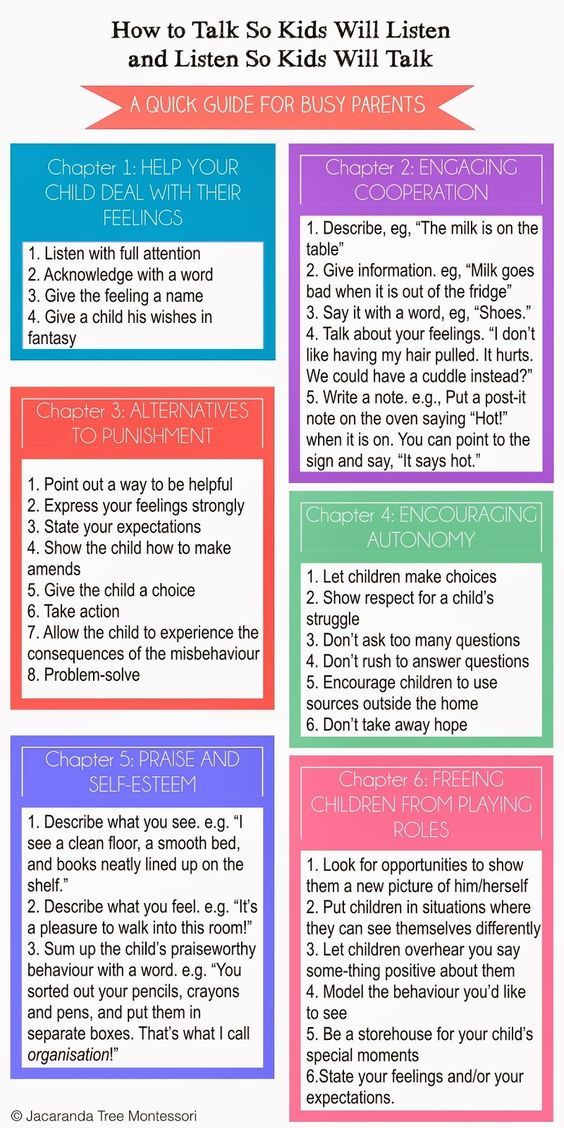 nine0036
nine0036 - Every feeling has a reason, meaning and teaches us something. When a person discovers that some of his needs cannot be satisfied, he experiences not only anger, but also sadness. It is she who allows you to realize that everything in life is governed not by the principle of pleasure, but by the principle of reality, that both you and the people around you have boundaries.
- “I enjoyed being your friend, but now I have to say that I feel more than just friendship for you. But I also feel…. nine0007
- “I'm so glad we're friends. You are a great friend. But I must confess that I no longer treat you only as a friend.
- “You may have noticed this already, but I like you. I've been sympathetic for a long time."
- “We have so much in common and I am very interested in you! I would like to take our relationship to the next level."
- I wanted to talk to you about what's going on between us… I feel….
 I would like to understand that…
I would like to understand that… - Before or after expressing your feelings, do not be afraid to ask about the feelings and emotional response of the person with whom you shared it or are going to share it: “How do you feel in this situation?”, “How do you feel after I told you this (-a), “Did you have similar feelings when ...”, “It caused me such feelings, but what do you have?”, “People do not like to talk about their feelings, although they know how important it is, and it becomes simpler. Maybe we can talk about it. What do you feel when or when…”, “I’ve plucked up / plucked up the courage to share what’s on my mind. I think it would be fair if you share yours in return. What do you feel?”
- Well, if you have a particularly exciting and difficult conversation, in which there is a risk of getting confused or unable to cope with your feelings and emotions, then use special techniques. Here are some of them!
Psychological techniques to help!
Recognizing feelings! “WHAT I FEEL NOW”
Try to name the feeling you are feeling right now as accurately as possible.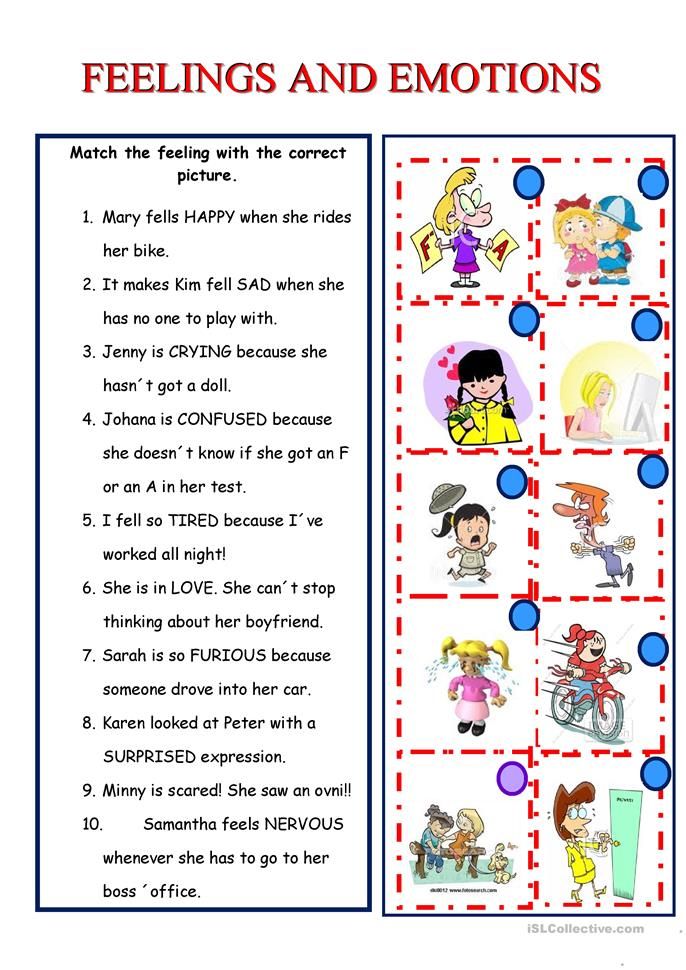 Try to bring the feeling to the maximum - portray it in an exaggerated, even grotesque form. Then describe your feeling in detail or write it down in a diary. nine0003
Try to bring the feeling to the maximum - portray it in an exaggerated, even grotesque form. Then describe your feeling in detail or write it down in a diary. nine0003
Get ready to express your feelings and put them into words!
"Breathe and calm down"
When you are shy, start breathing exercises, but in a room with enough oxygen or better even in a ventilated room. This will allow you to calm down and focus on the current task, that is, on how to express your feelings.
- To calm down, inhale through your nose in four counts. Hold your breath for two counts. Exhale through your mouth for six counts. nine0036
- Inhale for four counts and exhale for four counts. Breathe through your nose. Repeat as many times as you need to calm down.
- You can try just exhaling longer than inhaling. This simple technique will help you relax without thinking about the score.
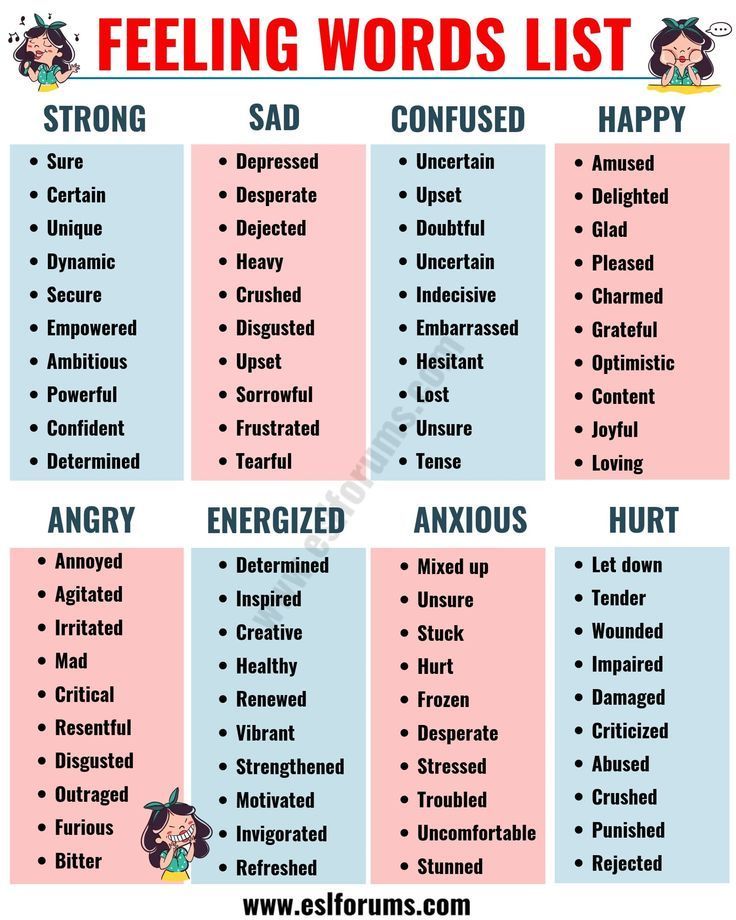
Technique of expressing one's feelings and one's position to reduce one's emotional tension and with a communication partner "I am a message".
In the most difficult and stressful situations, when you need to state your position, safely express your negative feelings and reach out to another, use the “I am the message” understanding communication technique. Try to talk more not in the language of "You", but more about your feelings, desires, needs and what each of you is ready to do to correct the situation. If one of you was able to restrain himself and acted at least a little more carefully and tried to make the conflict less painful - mark this and thank, indicating what was important for you and what changed at that moment. This is especially important when talking with parents.
- Begin the phrase with a description of your feelings in connection with the situation or human behavior.
 nine0008 For example: “I am upset”, “I am worried”, “I am upset”, “I am worried”, “I am angry”.
nine0008 For example: “I am upset”, “I am worried”, “I am upset”, “I am worried”, “I am angry”. - Next, describe only the direct fact of behavior or circumstances that do not suit you in the situation that happened. We emphasize that it is a fact without emotions or evaluation of a person as a person and his actions. For example, like this: "When you are late for an hour and do not warn me about it in advance ...".
- Then you need to explain what effect this behavior has on you or on others. nine0008 For example: “...because I have to stand at the entrance, get cold and I can get sick”, “...because I don’t know the reason for your being late”, “...because I have little time left to communicate with you”, etc. .
- In the final part of the phrase, you must state your wish, what kind of behavior you would like to see instead of the one that caused you discontent or grief. For example: "I would really like you to call me if you can't come on time.
 "
"
Using the technique " I-messages" requires some experience, because it is not always possible to quickly orient and restructure the phrase, but over time it will get better and better. The “I-messages” technique does not force the partner to defend himself, on the contrary, it invites him to dialogue, gives him the opportunity to express his opinion and leaves both participants in the dialogue a field for a calm dialogue.
| Beginning of phrase | What do we say next | Example |
| 1. I feel | Describe your feelings and emotions in simple terms | I am very upset (offended, angry, offended, angry) |
| 2.When | Name what exactly caused these feelings without your own interpretation, but just a fact | when you raise your voice at me / instead of start yelling at me |
| 3. | Tell me why it makes you feel this way and why it is important to you, how it affects you | because I'm beginning to think that my opinion means nothing to you |
| 4. I want you | Suggest what the other person should do or how you would like the situation to be resolved | I want you to first listen to my opinion until the end without interrupting, and then I will listen to yours calmly and without raising my voice |
| *** You can also add at the end why this is important for you and what benefits could be for your communication partner. nine0002 For example: “Because it is important for me that we have good relations and I am sure that after conflicts it is hard and unpleasant for each of us”
| ||
Speak what you feel without fear or apprehension, practice it and this will help you win the respect of others! After all, a person who always says what he feels and thinks makes the most convincing impression of a strong and self-confident personality.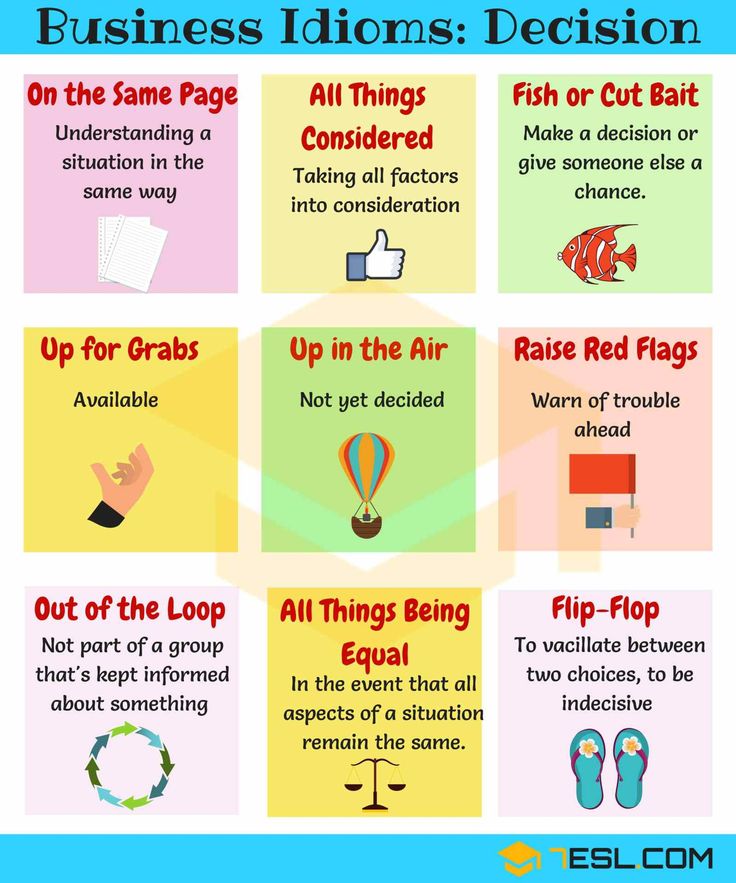 Gradually, frankness will become your habit, and it will be easier for you to deal with shyness. nine0008
Gradually, frankness will become your habit, and it will be easier for you to deal with shyness. nine0008
Remember that you can always call us and share everything that worries and worries, speak out and trust us with your even the most difficult feelings. And believe me, you will immediately feel better! Checked 8 million calls to 8 800 2000 122 .
Your Children's Helpline is nearby in difficult times!
Share on social networks:
Return to the list of articles
How to learn to express your feelings
94 123
Know YourselfAntistress
“For the first two years of marriage, my husband and I fought every now and then. Getting married, moving into a new apartment, having a baby - we had to adjust to these stresses. At first, we poured out the accumulated fatigue and anger in endless claims to each other, saying offensive and unpleasant things. Once, in a fit of anger, I even broke a plate. At that moment, we both realized that we couldn’t continue to live like this - we need to learn to behave in a civilized manner and respect each other’s feelings,” 34-year-old Maria describes the situation that many young families go through with more or less success. nine0003
Once, in a fit of anger, I even broke a plate. At that moment, we both realized that we couldn’t continue to live like this - we need to learn to behave in a civilized manner and respect each other’s feelings,” 34-year-old Maria describes the situation that many young families go through with more or less success. nine0003
“After a few hours we calmed down, talked about what was going on, found the strength and wisdom to apologize to each other. Quarrels and conflicts have not completely disappeared from our lives, but new levers for controlling our mood have appeared. Since then, 8 years have passed. We have learned to speak.
At first, they discussed the problems that arose for several days, not finding a solution and a compromise, they were offended, but without shouting. The most interesting thing is that after a few days of talking, the subject of the dispute disappeared by itself. Now the periods of mutual insults have decreased to a few hours. Perhaps we suppress our feelings by leaving too much unsaid. I prefer to think that we have learned to separate the main from the secondary and negotiate.” nine0003
I prefer to think that we have learned to separate the main from the secondary and negotiate.” nine0003
This example well illustrates a simple truth: we cannot influence what and how we feel, but an adult can control his mood and behavior. What to do with feelings - only we decide.
Identify the source
“You are experiencing a certain feeling for a very specific reason, and your task is to understand it,” says Joan Harvey, a psychologist at the University of Newcastle (UK). If you miss the cause and succumb to the flow of feelings, it can take you far from the shores of reality. nine0003
Often irritation or anger is a signal that someone has violated your boundaries, and you did not have the courage to defend them
Anger forces you to say or do stupid things, endangers you and others. Anxiety, fear, sadness can knock the ground out from under your feet and lead to depression, when you are not able to do even what you usually liked.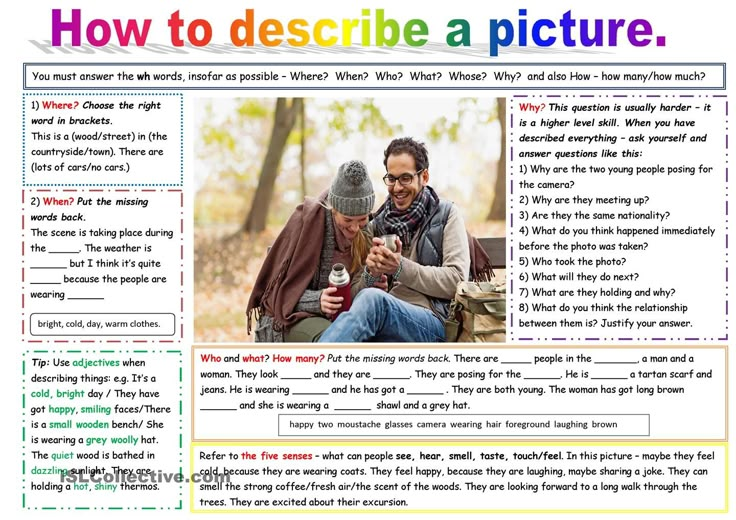 Bad mood reduces the defense mechanisms of your immune system.
Bad mood reduces the defense mechanisms of your immune system.
Ask yourself: what is going on? Why is this happening to me? When you are angry, anxious or sad, do you always understand the reason for your condition? Many don't even think about it. At best, their response is "I'm angry because he didn't do what I want", "I'm worried because I'm late for an important event." nine0003
This is a reaction to external circumstances or the behavior of other people, you did not go further, did not analyze your own experiences. After all, regardless of who said what, it is you who react emotionally. The better you learn to understand your emotions, the easier it will be for you to deal with them.
For example, irritation or anger is often a signal that someone has violated your boundaries, and you did not have the courage to defend them. Could not refuse someone to help, and then you feel overwhelmed and tired? Probably, fatigue here masks anger. If you allowed yourself to get angry well, you might not have to sacrifice your well-being.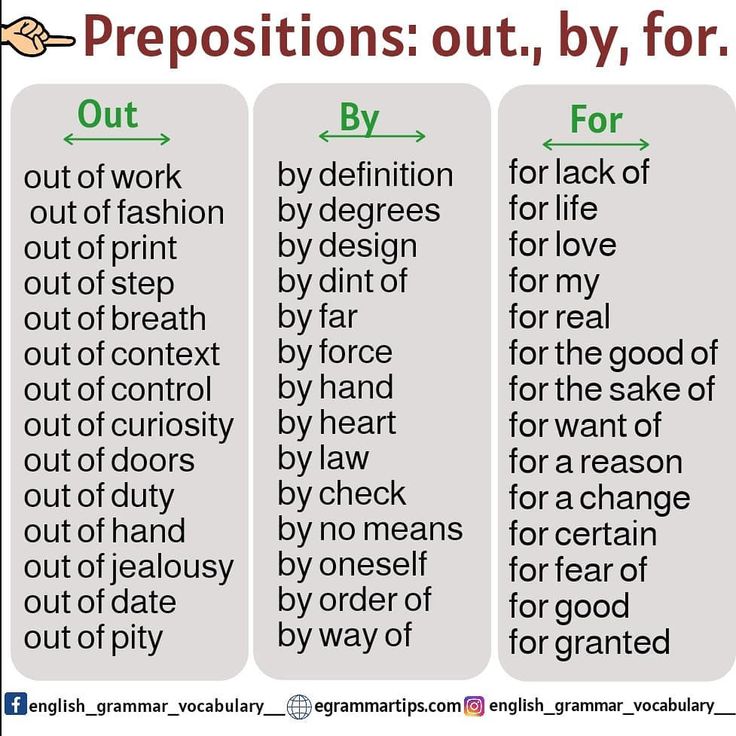 nine0003
nine0003
Anxiety and excitement often arise in situations where we are afraid of not living up to the expectations of others. Ask yourself: Whose expectations are you really trying so hard to live up to now? And why does deviating from this task become a disaster for you?
The Gift of Attention
Four years ago, Anna (now 37) found herself feeling guilty about her state of mind. “I was married, had two children, but I felt worthless, it seemed to me that I was wasting my life. I understood that my mood was a reaction to circumstances: an unloved job, problems with money, but I didn’t know what to do with it. ” nine0003
One day, the teacher of her youngest daughter asked Anna for a meeting - the girl often cried at school. “I was on the verge of despair and stopped noticing the good things in my life. But it’s even worse that I stopped noticing those closest to me - I completely lost sight of the condition of my children, ”she says.
This incident helped Anna to realize that she alone is responsible for her feelings. We must not wait for changes, but change ourselves. She learned to be more attentive to herself, her children and her husband, changed jobs and began to enjoy life more. nine0003
We must not wait for changes, but change ourselves. She learned to be more attentive to herself, her children and her husband, changed jobs and began to enjoy life more. nine0003
We cannot prevent unpleasant events, but we can change our attitude towards them. Fixing a feeling, giving it a name and a place within yourself is the first step towards gaining the ability to control your mood.
If something upsets you or makes you angry, it is important to let this feeling pass through your mind and try to understand its meaning. By formulating feelings on paper, you simultaneously pass them through consciousness and release them so that they do not accumulate inside. nine0003“The next step is an internal dialogue about feelings,” explains Willem Kaiken, head of the Exeter Psychology Center (UK). - Often we give feelings a logically incorrect assessment, it leads us into a dead end. Identify what unsettled you, and feel free to change the wording.
For example, a typical situation for motorists: you were cut off. You are scared, angry.
Anger is the hardest thing to control. It starts when we feel a threat to our health, self-esteem, dignity. Try to change the course of your thoughts, replace: “Who drives like that? He could have killed me..." to "Maybe he just didn't notice me or is too nervous today. In the end, everything worked out, no one was hurt." nine0003
To live and grow up
Every feeling has a reason, meaning and teaches us something. Psychoanalysts call this learning function "psychic structuring." When a person discovers that some of his needs cannot be satisfied, he experiences not only anger, but also sadness. It is she who allows you to realize that in life it is not the principle of pleasure that dominates, but the principle of reality, that both you and the people around you have boundaries.
Disappointment and sadness when we cannot get what we want teach us to respect the choice of another person and find support within ourselves.

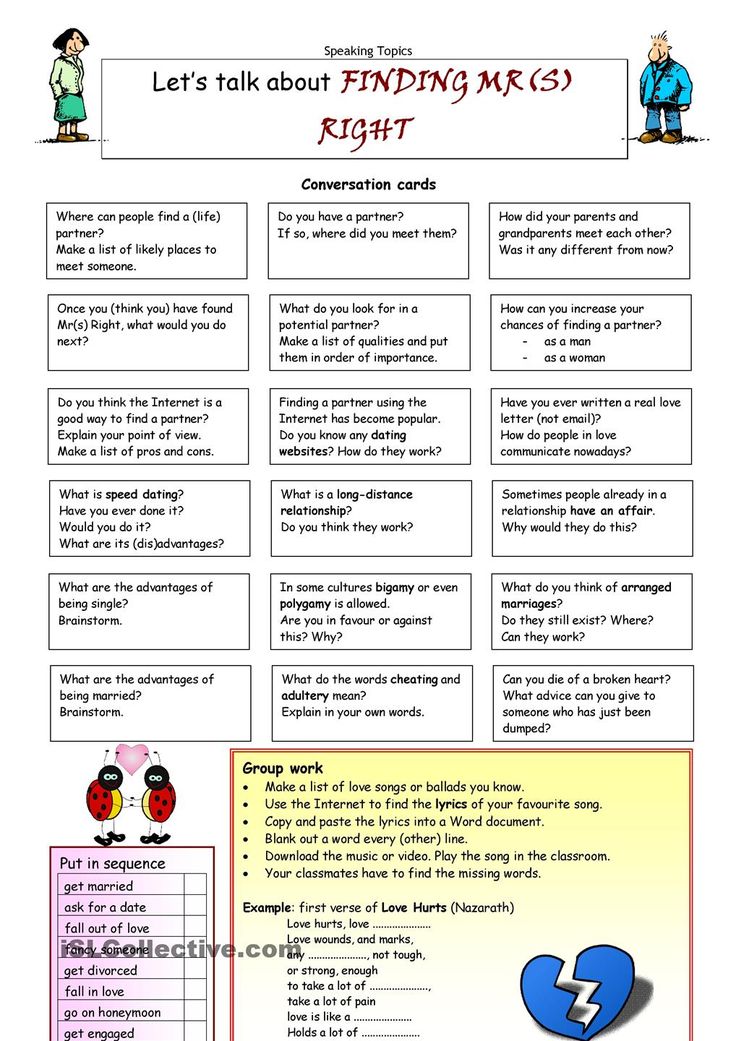 Because
Because 









